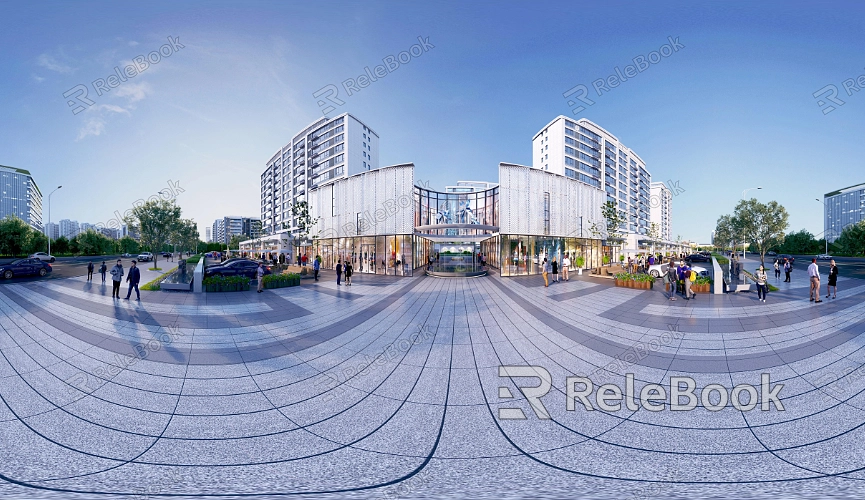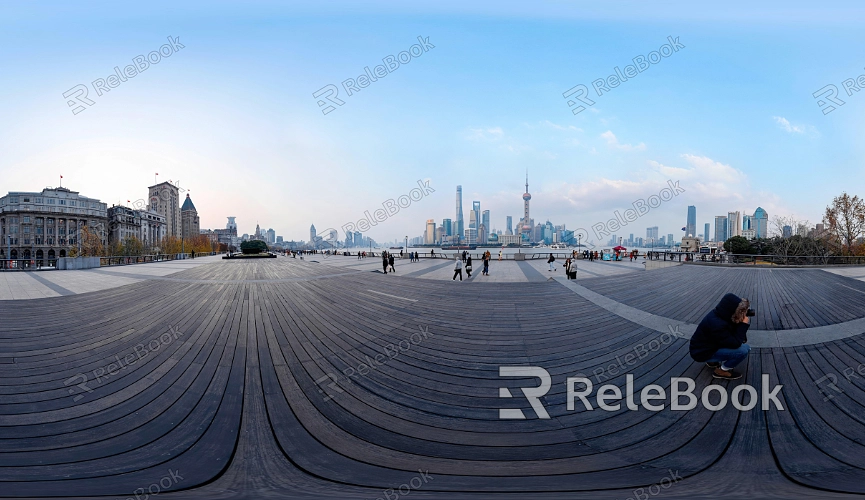Why Is My HDR Texture Not Working in Blender?
3D textures are widely used in Cinema 4D to enhance the visual appeal of models, adding a layer of realism by simulating surface details of various materials. Additionally, Cinema 4D allows for the use of 2D images to create rich textures for 3D environments. This article will explore how to apply 2D images as textures in Cinema 4D, offering tips to improve your workflow and the quality of your final output.

1. Preparing the 2D Image
Choosing the Right 2D Image: Before texturing a 3D environment, select a high-quality 2D image that matches the resolution requirements and aligns with the theme and style of your 3D scene.
Adjusting Image Size and Format: Use image editing software like Photoshop to resize and format your 2D image as needed. Commonly used formats include PNG and JPEG. Ensure the image size is optimized to avoid performance issues during rendering.
2. Creating the Texture Material
Creating a New Material in Cinema 4D: Once you open Cinema 4D, create a new material and name it relevant to the 2D image you plan to use. This naming convention will help you manage materials effectively in complex projects.
Importing the 2D Image as a Texture: In the material editor, locate the “Color” channel, and click the load image button to import your prepared 2D image into this channel. Preview the image in the material editor, and make further adjustments as needed.
3. Applying the Material to a 3D Object
Selecting the 3D Object to Texture: In Cinema 4D, choose the object or scene element you want to texture. Understanding the shape of the object and its UV mapping is crucial to ensure the texture applies correctly.
Applying the Material to the Object's Surface: Drag the created material onto the 3D object, automatically applying the 2D image texture to its surface. The texture will be visible in the viewport, allowing for real-time adjustments.
4. Adjusting the Texture Mapping
Using UV Mapping Tools: UV mapping in Cinema 4D is vital for controlling how the texture appears on the 3D object’s surface. The UV mapping editor allows you to adjust the tiling, positioning, and scaling of the texture, ensuring it covers the object accurately.
Refining Texture Alignment: During UV mapping, you can use Cinema 4D’s alignment tools to fine-tune the texture’s alignment and angle, making sure the image conforms to the object's geometry.

5. Enhancing Texture Effects with an Alpha Channel
Creating an Alpha Channel: If you need parts of the 2D image to appear transparent on the 3D object, create an alpha channel in your image editing software. The alpha channel controls the transparency, which is particularly useful for scenes requiring composite image effects.
Loading the Alpha Channel in Cinema 4D: In the material editor, locate the “Alpha” channel and load the 2D image with the alpha channel. This will create transparent areas on the 3D object, adding depth and dimensionality to the scene.
6. Optimizing Textures for Complex Surfaces with Projection Mode
Applying Projected Textures: For complex or curved 3D objects, use projection mode to optimize how textures are applied. Projection mode allows 2D images to map more naturally onto intricate surfaces, reducing distortion and stretching.
Adjusting Projection Direction: Utilize Cinema 4D’s projection tools to adjust the direction and angle of the image projection, ensuring the texture conforms better to the curves and irregular shapes of the object. This is especially helpful when working with complex 3D scenes.
7. Previewing and Final Rendering
Real-Time Texture Preview: After applying and adjusting textures, use Cinema 4D’s real-time preview feature to evaluate how the texture performs under different lighting conditions. This function helps you identify and correct any issues before the final render.
Final Rendering and Detail Check: Once you’ve completed the texture adjustments, perform a high-quality render. This will confirm whether the texture details are correctly represented in the final output and ensure there are no overlooked errors.
By following these steps, you’ve learned how to effectively texture 3D environments in Cinema 4D using 2D images. These techniques not only enhance the realism and detail of your work but also help you efficiently complete complex 3D scenes. If you’re in search of more high-quality 2D images, Cinema 4D models, or other 3D resources, Relebook offers a wide selection to help you achieve outstanding visual results in your projects.

